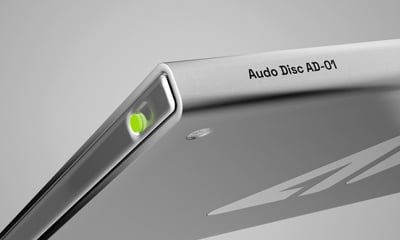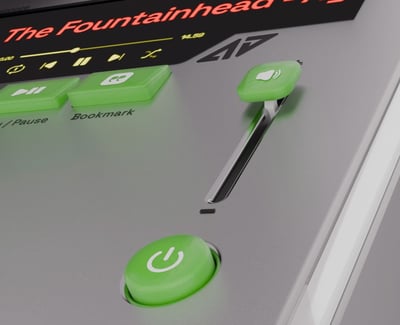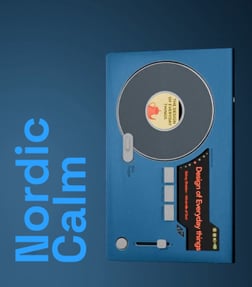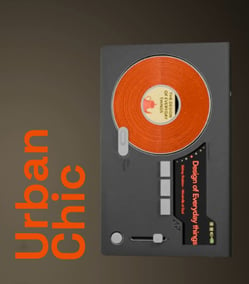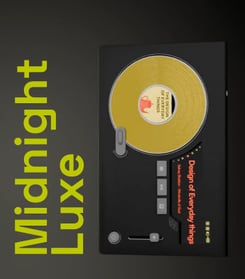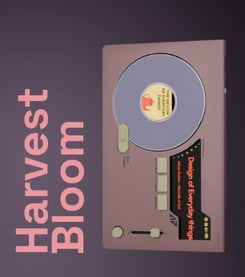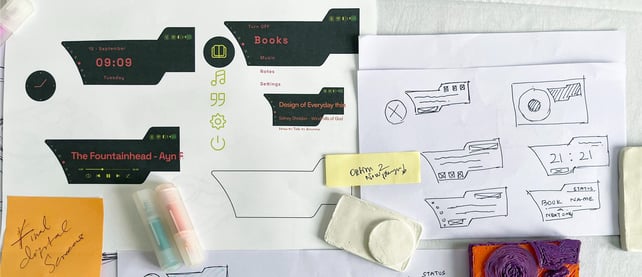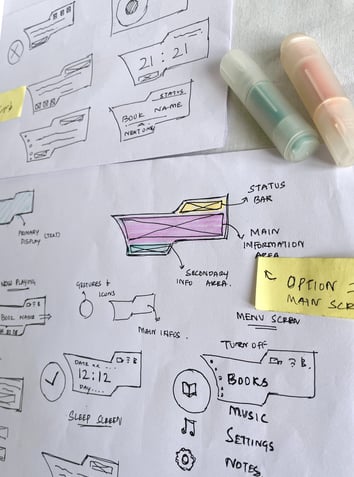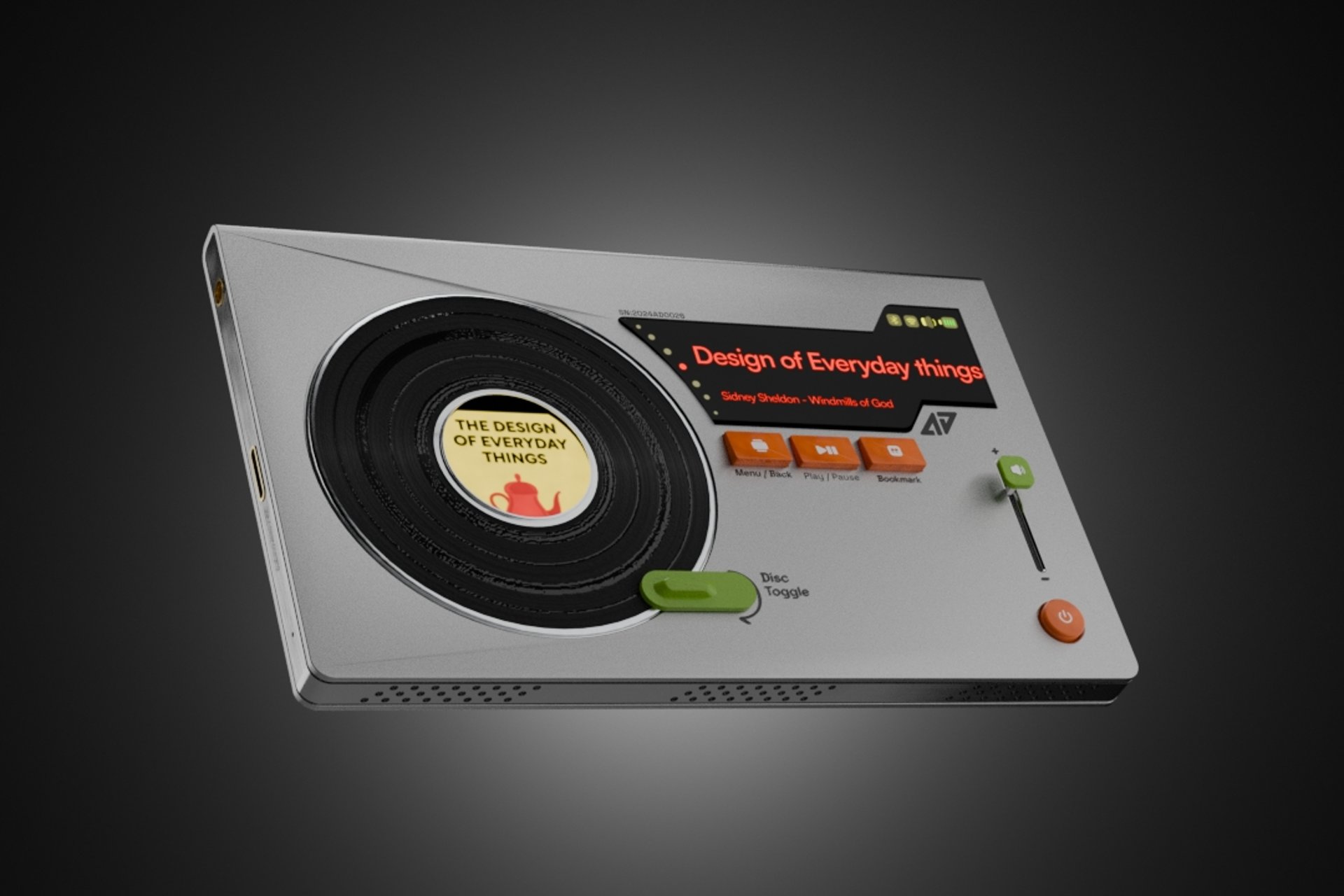
AudoDisc is a groundbreaking concept designed specifically for audiobook enthusiasts. It is a tactile-first audiobook player designed to provide a seamless, nostalgic listening experience while prioritizing intuitive controls and accessibility.
"Revolutionizing Listening, One Disc at a Time."
Made using:


EMPATHIZE
EMPATHIZE > Overview & context
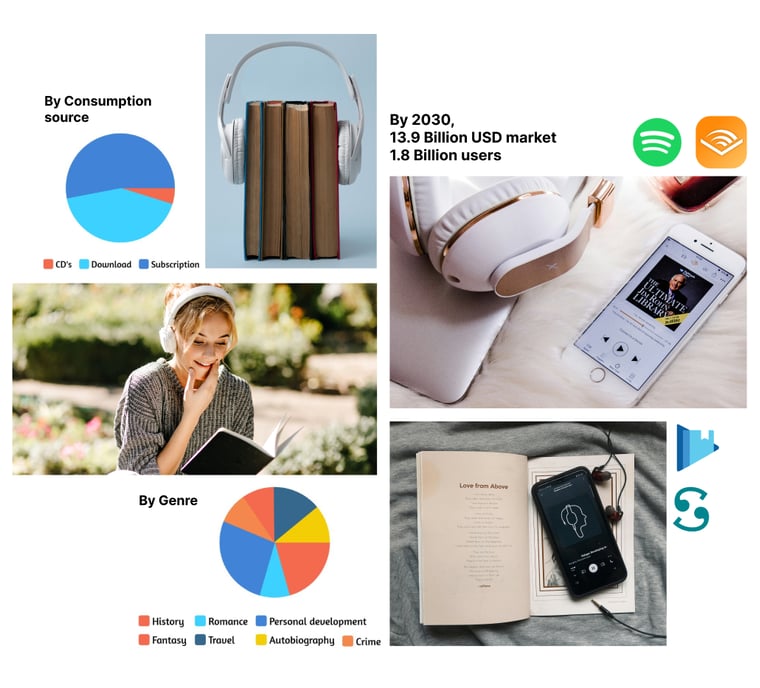

Audiobook listening is expanding across age groups, particularly among people aged 25-44. As the global market for audiobooks grows at a projected CAGR of 24.4% from 2022 to 2027, a need for a dedicated device is emerging.
EMPATHIZE > interviews & surveys
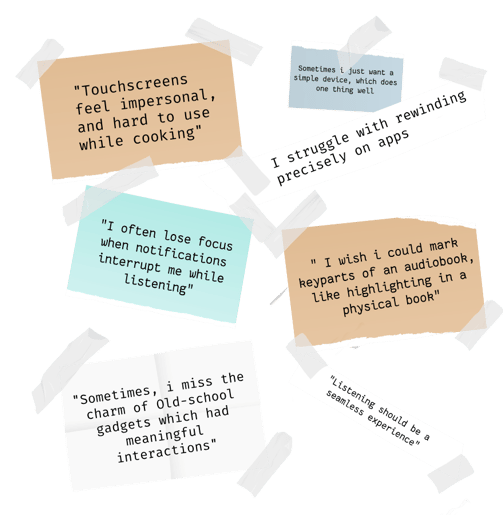

To understand the needs of audiobook enthusiasts, I conducted primary research, including interviews and surveys. The goal was to uncover specific pain points and preferences in audiobook consumption.
While smartphones are the primary medium for audio content, the multitasking environment often leads to distractions, diluting the immersive experience. AudoDisc addresses this gap with a dedicated, distraction-free device.
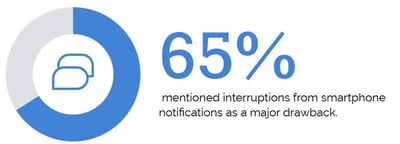

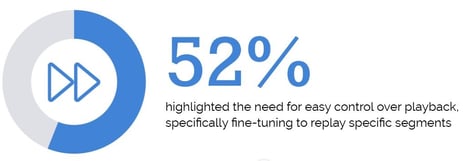

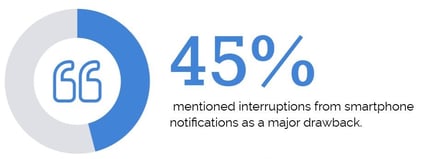

Interview smippets
survey findings
Define
define > user group
Building upon the insights from the empathize phase, I identified and focused on a specific user group whose needs and challenges guided the next stages of development.
define > pain points


The primary user group comprises audiobook enthusiasts who seek a seamless and distraction-free listening experience. These are individuals who value meaningful interaction with their media and prefer a device that simplifies their routine.
define > problem statement
"Audiobook enthusiasts like Elena struggle with distractions, lack of intuitive playback controls, and inefficient note-taking tools on current devices. This highlights the need for a dedicated device that simplifies audiobook listening, ensures seamless interaction, and enhances focus through tactile and user-friendly controls"

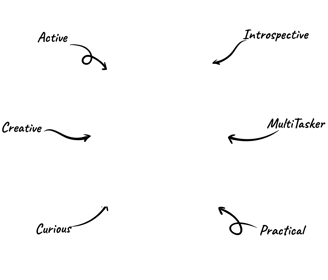
Our persona, Emma, is a 29-year-old freelance editor who listens to audiobooks to unwind and stay inspired. She often listens during her morning walks and while cooking, making portability and intuitive control essential. Elena values simplicity but struggles with the lack of a dedicated device tailored for her audiobook habits.
With the problem clearly defined, I transitioned to the ideation phase, The next step involves ideating potential solutions tailored to these personas and their pain points.




Current audiobook apps have clunky on-screen controls, making it difficult to rewind or skip precisely, especially when multitasking.
Smartphones, the primary medium for audiobooks, are cluttered with notifications and other apps, disrupting focused listening.
Users want a way to highlight key moments, similar to marking passages in a physical book, but existing solutions are cumbersome.
Distraction from Notifications
Inefficient Playback Control
Inconvenient Note-Taking
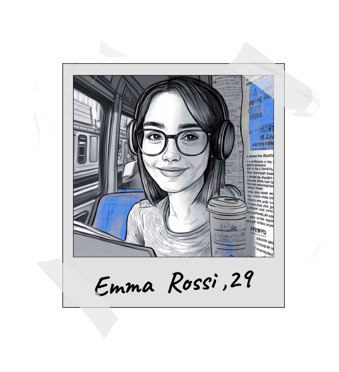

ideate
ideate > moodboards
To establish a cohesive design language, I created a moodboard inspired by elements that reflect the product's identity. The board features potential finishes, forms, and materials that align with the intuitive experience we aim to deliver.
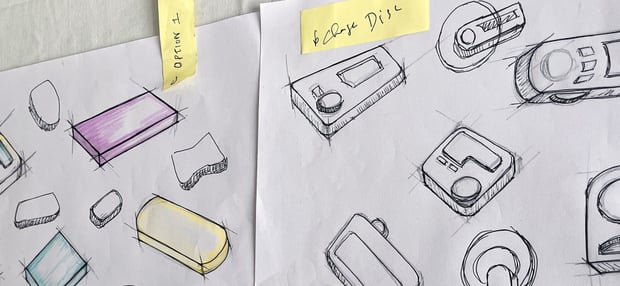

ideate > explorations > form
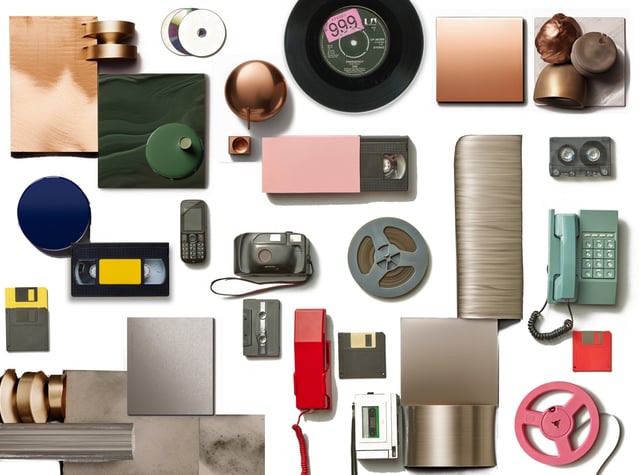

Minimal Portable Futuristic
Geometric Tactile Intuitive
Iconic Modern Nostalgic Sleek
ideate > explorations > user interface
The interface design focused on delivering a minimal and distraction-free experience. Explorations included wireframes for the primary and secondary screens, leveraging the rotating dial and buttons to navigate.
ideate > explorations > branding


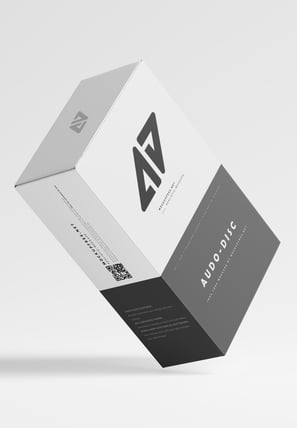

The logo creatively integrates the letters A and D, abstractly designed as a back arrow (A) and a forward arrow (D). This symbolizes the intuitive rewind and forward playback control central to the product's functionality.
With a clear understanding of the users' pain points and a defined problem statement, I transitioned into the ideation phase, where creativity meets functionality. This stage involves exploring aesthetics, usability, and branding to craft a product that aligns with the users' needs and desires.
Initial form explorations revolved around creating a device that embodies simplicity and tactile interaction. Various sketches focused on ergonomic handling, compactness, and maintaining a timeless aesthetic. The primary design inspiration was derived from record players, blending nostalgia with modern technology.



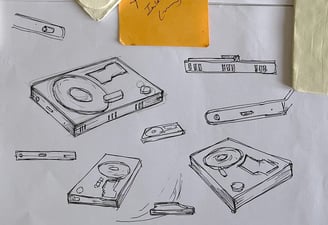
The central disc’s secondary display features subtle animations and gestures, complementing the primary screen's content display.
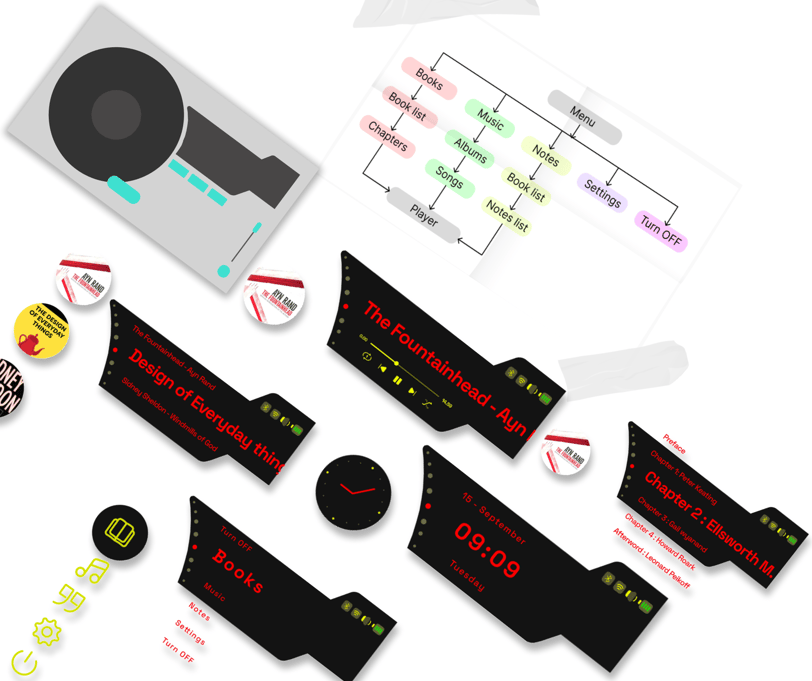



prototype
With the ideation phase solidifying the AudoDisc’s conceptual foundation, the next step was prototyping to translate ideas into tangible forms. This stage aimed to test functionality, form, and usability, ensuring the design aligns with user needs.


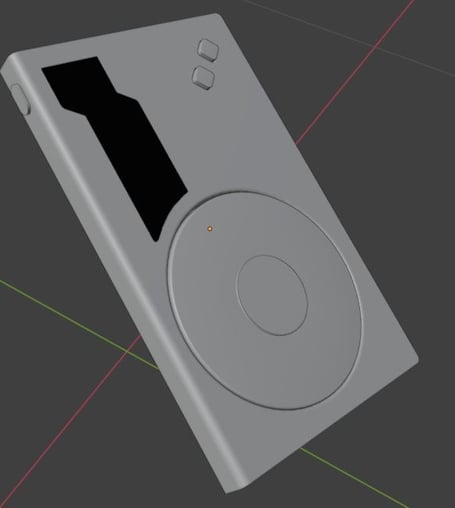

The digital prototyping phase involved detailed 3D modeling in Rhino and Blender to finalize the AudoDisc’s design. This step helped visualize the product's final look, refine the dimensions, and prepare for manufacturing specifications.
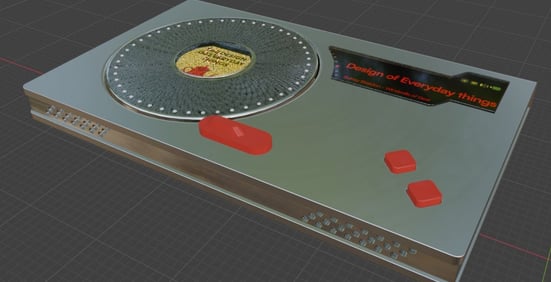



The digital models were instrumental in achieving a cohesive design, with realistic renderings showcasing the envisioned product.
prototype > physical
In the physical prototyping phase, I used clay modeling and 3D printing to refine the device’s form, weight, and functional features. This hands-on approach allowed me to assess the tactile feedback of the rotating disc and the ergonomics of button placement.
prototype > digital

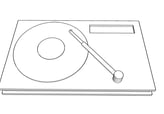
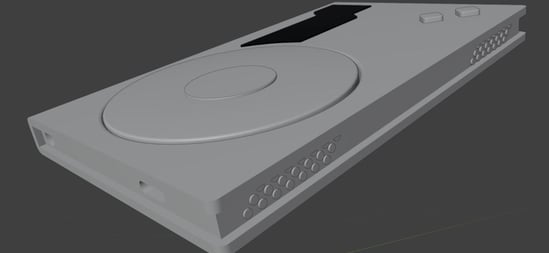

These models were critical for testing real-world usability and ensuring the design maintained its balance between aesthetics and functionality.


test
test > formative
Prototyping provided a tangible iteration of AudoDisc, but testing was crucial to validate the design's usability, functionality, and alignment with user expectations. This phase focused on gathering actionable feedback through various testing methods, refining the product into its final form.

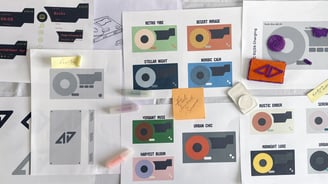
Initial user trials were conducted to assess the general usability and interaction of the tactile disc and physical buttons. This phase focused on identifying any ergonomic or accessibility challenges in a controlled setting.
test > a/b testing
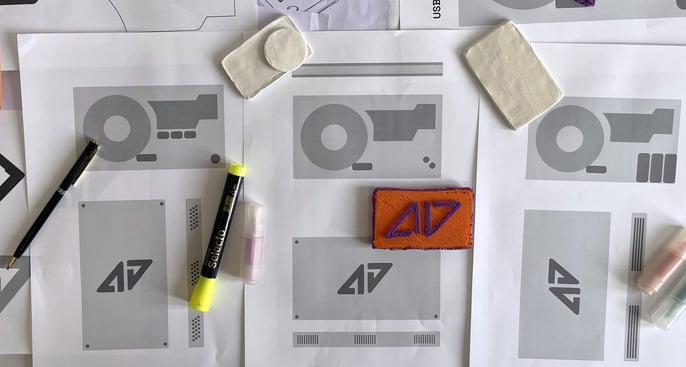

Two design variations of button layouts and disc sensitivities were compared to determine the more intuitive configuration. Users provided feedback on their preference, enabling us to select the optimal setup for seamless operation.
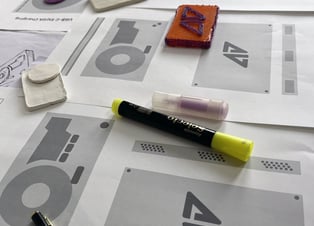



solution
sOLUTION > MORPHOLOGY
The morphology of AudoDisc balances aesthetics and ergonomics. Its compact form, rotating disc, and intuitive button placement ensure seamless operation in various contexts.
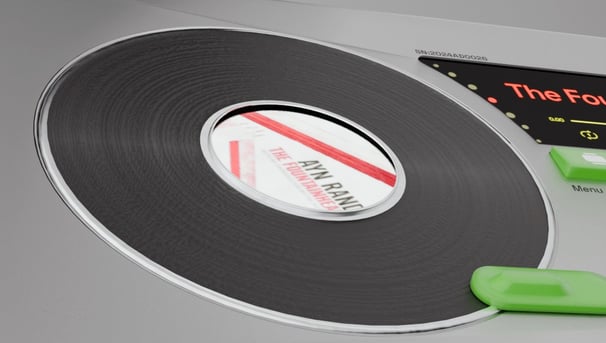

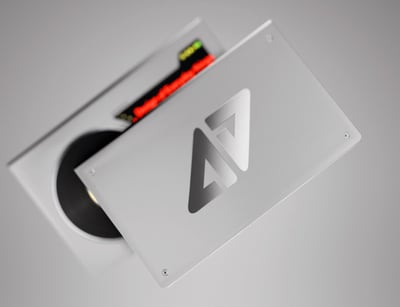

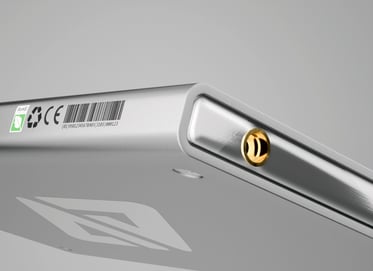

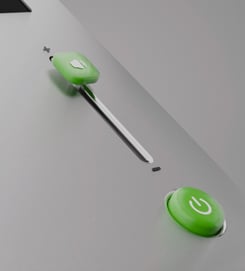

solution > usability
Tactile Rotating Disc for Precise Seeking:
The main feature is the rotating disc, allowing users to interact directly with audio segments, fast-forwarding, or rewinding by rotating the dial. Embedded within the disc is a small, circular display to help pinpoint audio location.
solution > technology
solution > cmf
solution > animation
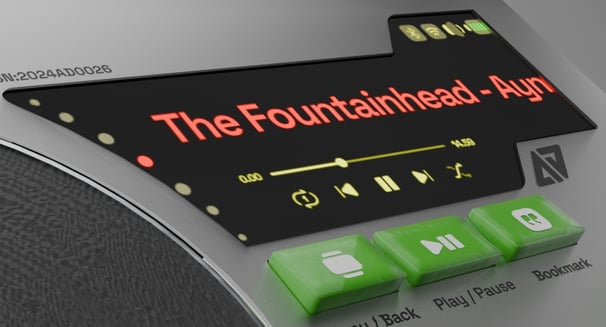

The underlying technology of AudoDisc enhances its functionality with features such as Bluetooth connectivity, adaptive playback control, and audio clarity, ensuring it integrates seamlessly into users' lifestyles.
takeaways

Simplifying Complex Functions: Designing AudoDisc has helped me embrace minimalism, learning to break down complex functionalities into simple, intuitive actions. This has been valuable in shaping my understanding of how elegant solutions don’t require excess—just thoughtful design.
Importance of Intuitive Interaction: The journey of designing the rotating disc reinforced how critical it is to create a tactile experience that feels natural. It taught me that physical interaction design can bridge the gap between digital and real-world connections, enhancing user engagement.
Empathy Beyond User Research: The process of defining pain points and refining the solution has taught me that empathy goes beyond just listening—it involves deeply understanding the emotional triggers behind frustrations and turning them into opportunities for improvement.
Iterative Learning Through Prototyping: Throughout this project, I learned that prototypes are not just physical models but tools to ask the right questions. They challenge assumptions and uncover nuances in user experience that are difficult to foresee in initial sketches or wireframes.
The final design of AudoDisc synthesizes insights from the earlier phases, addressing user pain points while delivering a seamless and delightful experience. This section showcases the key aspects of the solution—its morphology, usability, and technology
Compact, round design with a high-quality aluminum alloy finish. The design is durable and has a soft-touch exterior to enhance grip and ease of handling.
Designed for prolonged usage, the device is made lightweight to avoid fatigue, with ergonomic comfort as a priority.
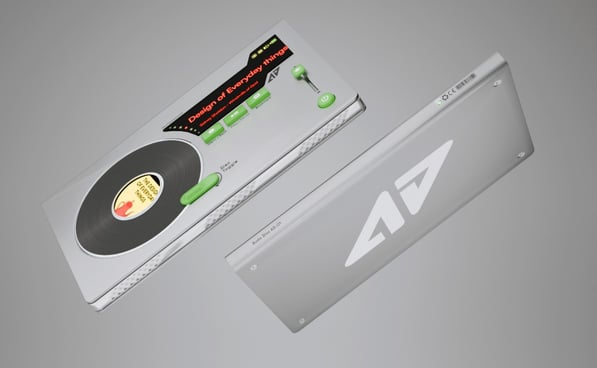

AudoDisc is offered in four distinct color options, each chosen to suit diverse user preferences and environments. Its materials emphasize durability and premium aesthetics.
AudoDisc prioritizes user-centric design, offering intuitive control for core functions such as playback, selection, and note-taking. The tactile disc and physical buttons ensure accessibility and precision in navigation.
Note-Marking Feature:
Users can save specific portions of the audiobook as “notes.” A double-tap on the device’s side initiates this process, saving selected parts within a “Notes” folder.
· Existing Platform Compatibility:
Integration with popular digital audiobook platforms ensures users can transfer or sync their existing audiobook collections into the device. This ensures ease of access and supports broad adoption.
· Built-In Storage and Audio Notes:
AudoDisc has internal storage to keep a personal library of audiobooks, allowing users to store notes saved from the “marking” feature, like highlighted sections in a physical book.
· Connectivity and Charging:
Bluetooth compatibility allows users to connect the device to their car or wireless earphones.
Equipped with a Type-C port for quick, efficient charging, ensuring users don’t have to wait long for their next listening session


